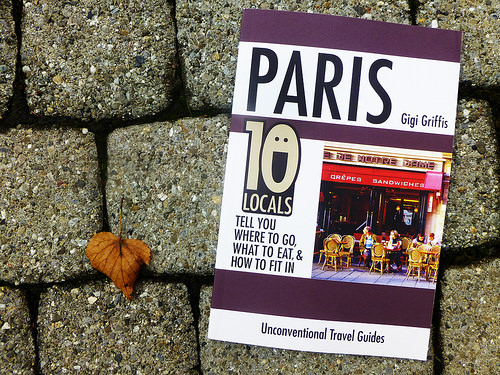Guidebook Definition & Meaning – Merriam-Webster
guide·book
ˈgīd-ˌbu̇k
: a book that gives useful information about a particular subject : handbook
I had been hired to write a cultural study, “how to” guidebook on being a Canadian …—Will Ferguson
especially
: a book of information for travelers
Most cities have some sort of restaurant guidebook that often proves helpful. —Jinx and Jefferson Morgan
Example Sentences
Recent Examples on the Web
There is not a guidebook that says that diamonds have to be set in platinum or gold.
—Ingrid Schmidt, The Hollywood Reporter, 15 Mar. 2023
There’s no guidebook.
—Joey Nolfi, EW.com, 23 Aug. 2021
That’s why Rick Steves’ Europe tours and guidebooks focus on these types of restaurants.
—Kelsey Fowler, Travel + Leisure, 2 Apr. 2023
In one particularly amusing clip, the camera pans across the Circus Maximus in Rome — my dad is operating the camcorder while my mom reads from our Fodor’s guidebook — only to find the three of us tumbling down one of the grassy embankments.
—Stephen Hiltner, New York Times, 31 Mar. 2023
Advertisement Lund and James recommend a guidebook or paper journal for taking notes and sketching.
—Scott Kirkwood, Washington Post, 16 Mar. 2023
Fandom comes with no guidebook.
—The Enquirer, 23 Feb. 2023
As tourism and big-game hunting flourished, photographs of the Maasai decorated brochures and guidebooks: human scenery garnishing Africa’s untamed wilderness.
—Manvir Singh, The New Yorker, 20 Feb. 2023
To prepare local visitors and school groups for their visits, National Geographic has created a free, downloadable 23-page guidebook for teachers and parents on the exhibition’s website at beyondkingtut.
—San Diego Union-Tribune, 27 Jan. 2023
See More
These examples are programmatically compiled from various online sources to illustrate current usage of the word ‘guidebook.’ Any opinions expressed in the examples do not represent those of Merriam-Webster or its editors. Send us feedback about these examples.
Word History
First Known Use
1814, in the meaning defined above
Time Traveler
The first known use of guidebook was
in 1814
See more words from the same year
Dictionary Entries Near
guidebook
guideboard
guidebook
guide card
See More Nearby Entries
Cite this Entry
Style
MLAChicagoAPAMerriam-Webster
“Guidebook.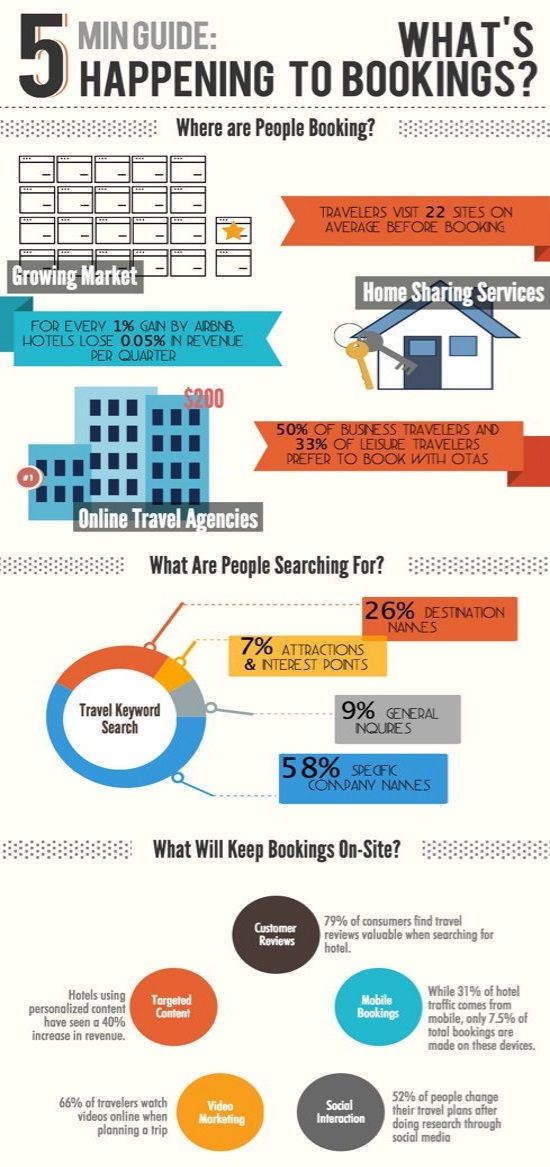
Copy Citation
Kids Definition
guidebook
noun
guide·book
ˈgīd-ˌbu̇k
: a book of information for travelers
More from Merriam-Webster on
guidebook
Thesaurus: All synonyms and antonyms for guidebook
Nglish: Translation of guidebook for Spanish Speakers
Last Updated:
– Updated example sentences
Subscribe to America’s largest dictionary and get thousands more definitions and advanced search—ad free!
Merriam-Webster unabridged
Can you solve 4 words at once?
Can you solve 4 words at once?
reprehensible
See Definitions and Examples »
Get Word of the Day daily email!
Guidebook Definition & Meaning | Dictionary.
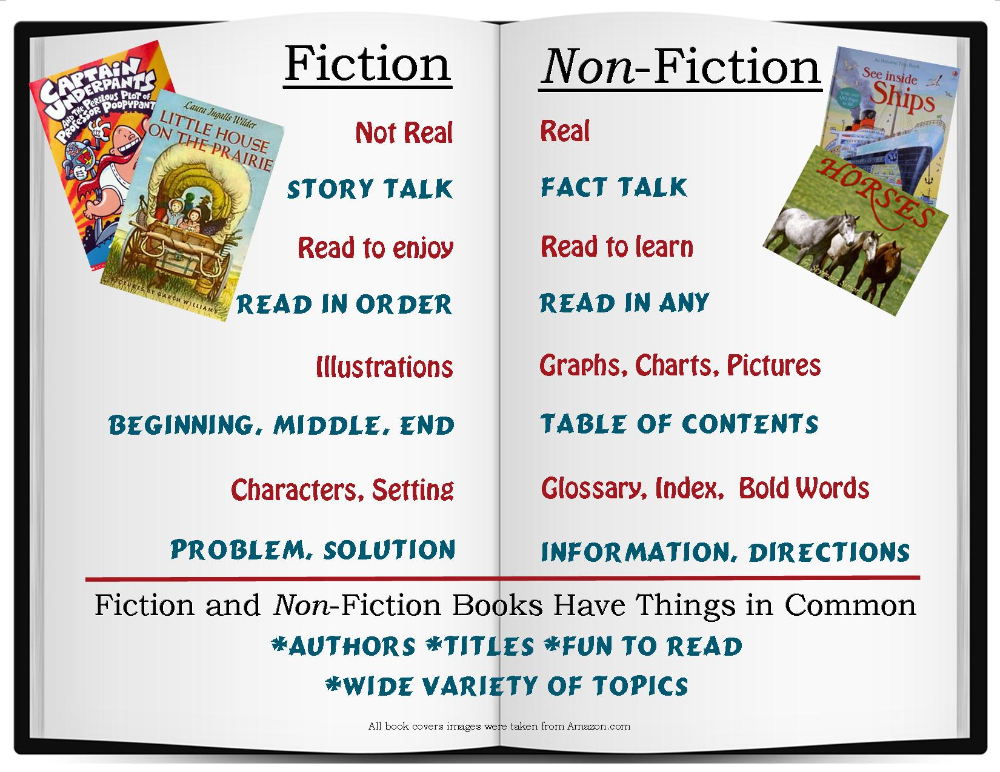
- Top Definitions
- Quiz
- Related Content
- Examples
- British
This shows grade level based on the word’s complexity.
[ gahyd-book ]
/ ˈgaɪdˌbʊk /
Save This Word!
See synonyms for guidebook on Thesaurus.com
This shows grade level based on the word’s complexity.
noun
a book of directions, advice, and information, especially for travelers or tourists.
QUIZ
CAN YOU ANSWER THESE COMMON GRAMMAR DEBATES?
There are grammar debates that never die; and the ones highlighted in the questions in this quiz are sure to rile everyone up once again. Do you know how to answer the questions that cause some of the greatest grammar debates?
Question 1 of 7
Which sentence is correct?
Origin of guidebook
First recorded in 1805–15; guide + book
OTHER WORDS FROM guidebook
guidebookish, guidebooky, adjective
Words nearby guidebook
guichet, guid, guidance, guide, guideboard, guidebook, guide center, guided, guided imagery, guided missile, guided missile cruiser
Dictionary.
Based on the Random House Unabridged Dictionary, © Random House, Inc. 2023
Words related to guidebook
manual, map, reference book, enchiridion, field guide, road map, vade mecum
How to use guidebook in a sentence
-
Afterward, the Institute for Constitutional Advocacy and Protection at Georgetown University published a guidebook to help cities handle violent protests.
D.C. Officials Ignored the Lessons We Learned in Charlottesville. Here Are 3 Things Leaders Should Do to Help Prevent Future Attacks|Michael Signer|January 13, 2021|Time
-
If you’re seeking warmth this winter, check out Arizona Highways magazine’s great offerings of adventure guidebooks to the state.
36 Awesome Gifts for Adventure Travelers|Mary Turner and Erin Riley|December 11, 2020|Outside Online
-
This pad also has a telescope for viewing constellations and a guidebook to the most popular hikes in the area.
7 Tranquil Airbnbs Near Winter-Friendly National Parks|Megan Michelson|December 11, 2020|Outside Online
-
That way it’s easier to talk to strangers who, in my experience, are far more valuable than any guidebook.
World class: Remembering legendary travel writer Jan Morris|Liza Weisstuch|December 10, 2020|Washington Post
-
They traveled all across South America, and they wrote a guidebook.
On Sports Genius: Mike Greenberg Opens Up|Nick Fouriezos|November 14, 2020|Ozy
-
It was the perfect blend of exotic adventure and Lonely Planet guidebook assurances of safety.
Cocaine, Politicians and Wives: Inside the World’s Most Bizarre Prison|Jason Batansky|October 12, 2014|DAILY BEAST
-
I had first learned of the prison way back in 2005 from a Lonely Planet guidebook.
Cocaine, Politicians and Wives: Inside the World’s Most Bizarre Prison|Jason Batansky|October 12, 2014|DAILY BEAST
-
Nowadays people prepare for a trip by reading little more than a few pages of a guidebook.
The Big Idea: How Tourism Can Destroy the Places We Love|Elizabeth Becker|July 5, 2013|DAILY BEAST
-
What is a young Finn or Spaniard visiting Israel/Palestine, this guidebook in hand, to make of this?
Temple Denial|Benny Morris|April 24, 2012|DAILY BEAST
-
A guidebook I read aptly called it “a conveyer belt of black hair.
”
Gal With a Suitcase|Jolie Hunt|November 27, 2009|DAILY BEAST
-
One is an English youth, travelling for the first time, who has been hard at his Guidebook during the whole journey.
Little Travels and Roadside Sketches|William Makepeace Thackeray
-
Observe in this book that Hawthorne gave the story such a faithful setting that it may be used as a guidebook to Rome.
The Complete Club Book for Women|Caroline French Benton
-
Now, the Bible is a guidebook in the journey of life, and the only one that points the way to Heaven.
Pleasure & Profit in Bible Study|Dwight Moody
-
He studied his guidebook and every quarter of an hour looked at his watch.
The Comstock Club|Charles Carroll Goodwin
-
The “Book of the Dead” was a guidebook of the itinerary of Egyptian souls.
The Homeric Hymns|Andrew Lang
British Dictionary definitions for guidebook
guidebook
/ (ˈɡaɪdˌbʊk) /
noun
a handbook with information for visitors to a place, as a historic building, museum, or foreign countryAlso called: guide
Collins English Dictionary – Complete & Unabridged 2012 Digital Edition
© William Collins Sons & Co.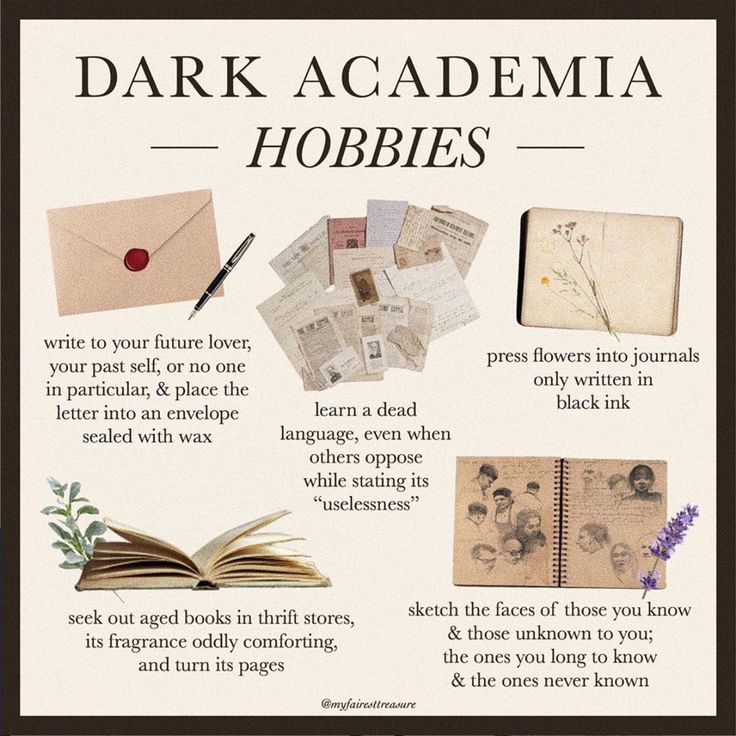
Publishers 1998, 2000, 2003, 2005, 2006, 2007, 2009, 2012
Guide | it’s… What is a Guidebook?
Baedeker’s Guide to Great Britain (1937)
Guide (or guide ) is a printed, electronic or audiovisual guide about a city, historical place, museum, tourist route. Used by tourists for better orientation in unfamiliar areas. The composition of the guide book is often subordinated to the recommended sightseeing routes of the described area.
Contents
|
History
The forerunners of guidebooks date back to antiquity. For example, the book of the ancient Greek historian Pausanias “Description of Hellas” is built on the principle of a guidebook, in which the sights of Greek regions and cities are considered in detail.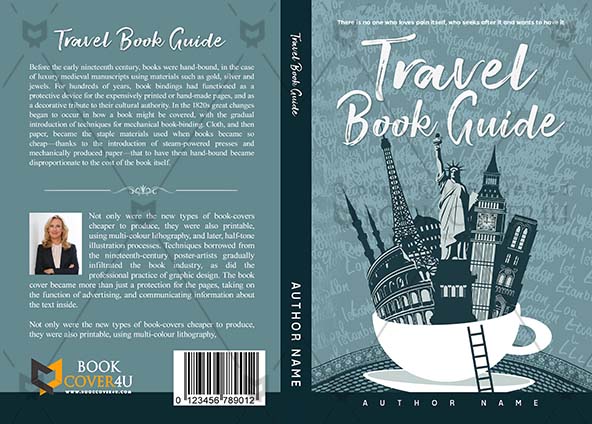
In the Middle Ages, literary works were created containing descriptions of routes for pilgrims. Two genres of such literature can be distinguished – guidebooks proper (practical information and recommendations on the route) and “walking” (descriptions of completed journeys). [2] The first of the medieval “guides” that have come down to us is considered to be the “Bordeaux Traveler”, compiled by a resident of the city of Bordeaux, who visited Constantinople and Jerusalem in 333. The first part of the book is occupied by a listing of settlements on the way Bordeaux-Milan-Constantinople-Jerusalem, indicating the distances between them. The second part of the essay contains a brief description of the Palestinian holy places, some monuments of biblical history, their location is indicated.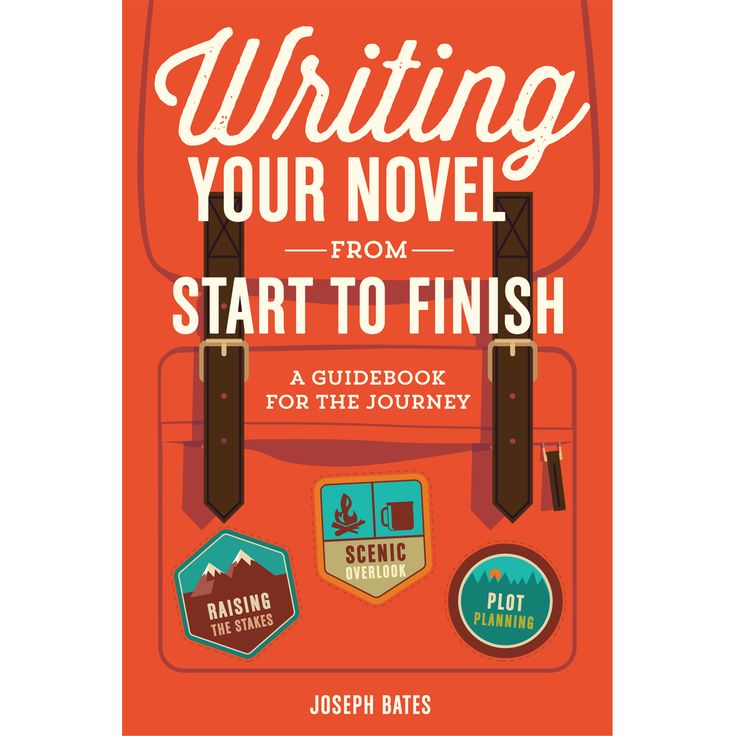
The oldest known examples of this genre in ancient Russia are the “Life and Journey” of Abbot Daniel in Jerusalem and the Holy Land (beginning of the 12th century), unique in its historical value, and the “Book of the Pilgrim” by Archbishop Anthony Novgorodsky, about his “journey” to Tsargrad (end of the 12th century). And the most famous and, probably, the most perfect is “Journey beyond three seas” by the Tver merchant Afanasy Nikitin. The abundance and reliability of the factual material in his notes was for his time a valuable source of information about India and Persia. This outstanding work, thanks to the observation and literary gift of the author, of course, goes beyond the scope of the guidebook, it is recognized as a significant monument of ancient Russian literature, translated into many languages of the world.
At the same time, a certain utility of the genre remains. The affiliation of this or that work to guidebooks lies precisely in the author’s desire to suggest a “way”, to explain how it is easier to get there, and so on.
On the contrary, those publications where the emphasis is on descriptions of events, not in relation to the utilitarian value of this information, can be classified as memoirs. However, genre boundaries are vague and conditional. The initial stage of the tradition of publishing full-fledged guidebooks in Russia can be attributed to the end of the 18th century.
The beginning of the modern stage in the history of the development of the guide as a genre of geographical literature and as a special type of book publication is associated with the name of Karl Baedeker (1801-1859), who founded in 1827 in the German city of Koblenz a publishing house of guides to various countries, their capitals and other cities.
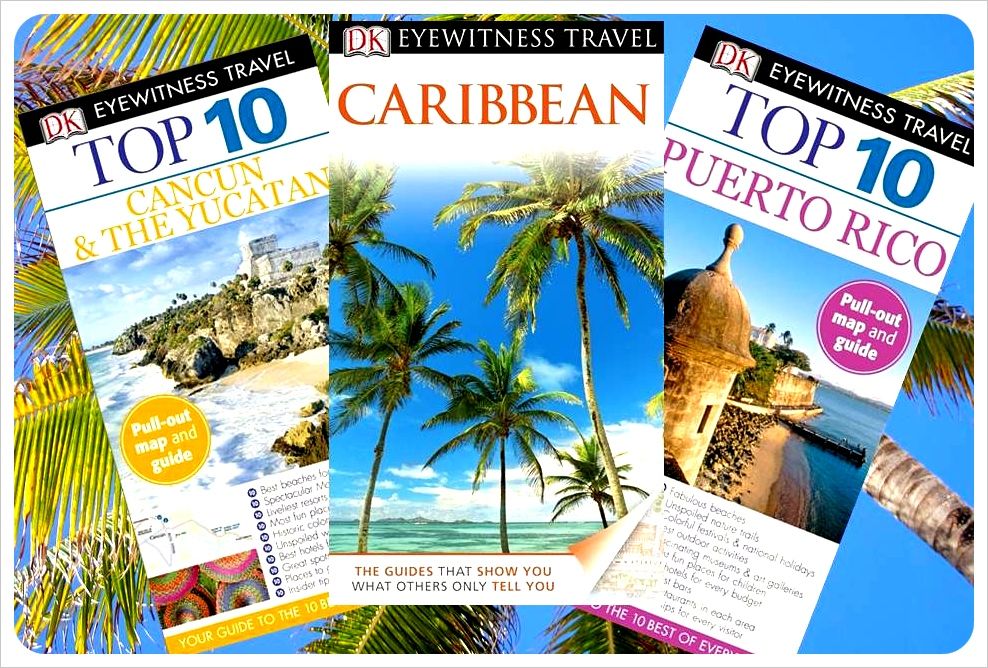
The first Russian guidebooks
- Detailed description of the route of the Russian imperial embassy, after the Peace of Jassy, from Ruschuk through Shumla to Constantinople, in 1793 . With military remarks about the land, with an indication of the way to spend and food from 30 to 40 thousand troops / Note. ON THE. Osokina // Russian antiquity, 1878. – T. 21. – No. 1. – S. 100-124.
- Strakhov N.I. A pocket book for old men and women coming to Moscow for the winter, brides and grooms, young and outdated girls, dandies, heliporters, drags, players, and so on.
or Allegorical instructions and advice for them, written by the writer of the Satirical Messenger. – Ed. 2nd. – Part 1. – M .: Univ. type., at Ridiger and Claudia, 1795 . – 107 p.
Guide series in Russian
- Dorling Kindersley
- Insight Guides
- Le Petit Futé – over 100 guidebooks
- National Geographic Traveler
- Nelles Pocket – 24 guidebooks published
- Gourmet Atlas
- Poster – 21 guides published
- Around the world – over 120 guidebooks published
- Roads to beauty
- Golden Globe (on CD with small brochure attached)
- Berlitz Culinary Guide
- Through native expanses
- Polyglot – about 130 guidebooks
- Thomas Cook Travel Guides
- One hundred ways – one hundred roads
- Your guidebook (a series of guidebooks by K.Gensch) — 12 guidebooks published
- Lonely Planet
See also
- Vademekum
Notes
- ↑ F.
Lyubker, Real Dictionary of Classical Antiquities, trans. from German., M., 2001. Edition on CD-ROM — M.: DirectMedia Publishing, 2007
- ↑ Antonova Z.V. Formation and development of the guide as a type of publication, Moscow: MGOU, 2006
- ↑ Traveler from Bordeaux. Orthodox Palestinian collection. SPb. 1882. T. 1. Issue. 2. Book. 2.
- ↑ TSB, articles “Baedeker”, “guide”
- ↑ Publications by P. Kopelman. Russian guides to Western Europe “Russian Baedeker”. Guide to Switzerland, St. Petersburg, Odessa, 1909
Guide | it’s… What is a Guidebook?
Baedeker’s Guide to Great Britain (1937)
Guide (or guide ) is a printed, electronic or audiovisual guide about a city, historical place, museum, tourist route. Used by tourists for better orientation in unfamiliar areas. The composition of the guide book is often subordinated to the recommended sightseeing routes of the described area.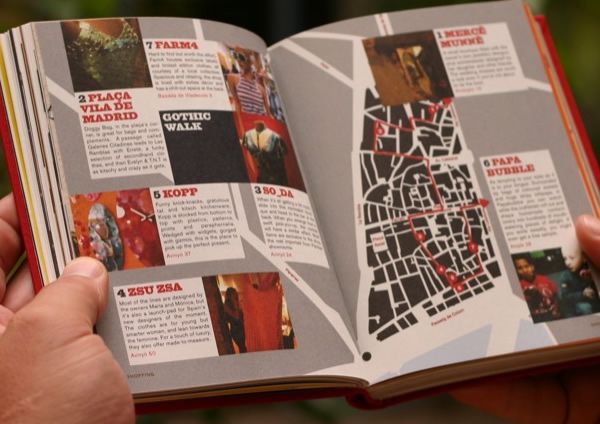
Contents
|
History
The forerunners of guidebooks date back to antiquity. For example, the book of the ancient Greek historian Pausanias “Description of Hellas” is built on the principle of a guidebook, in which the sights of Greek regions and cities are considered in detail. The prototypes of the guidebook that existed in ancient Rome, the road books (Itineraria), were of two kinds: 1) Itineraria adnotata or scrípta – road schedules that contained only names and distances to places along a known path; 2) Itineraria picta, consisting of measurements of distances and geographical maps. [1]
In the Middle Ages, literary works were created containing descriptions of routes for pilgrims. Two genres of such literature can be distinguished – guidebooks proper (practical information and recommendations on the route) and “walking” (descriptions of completed journeys).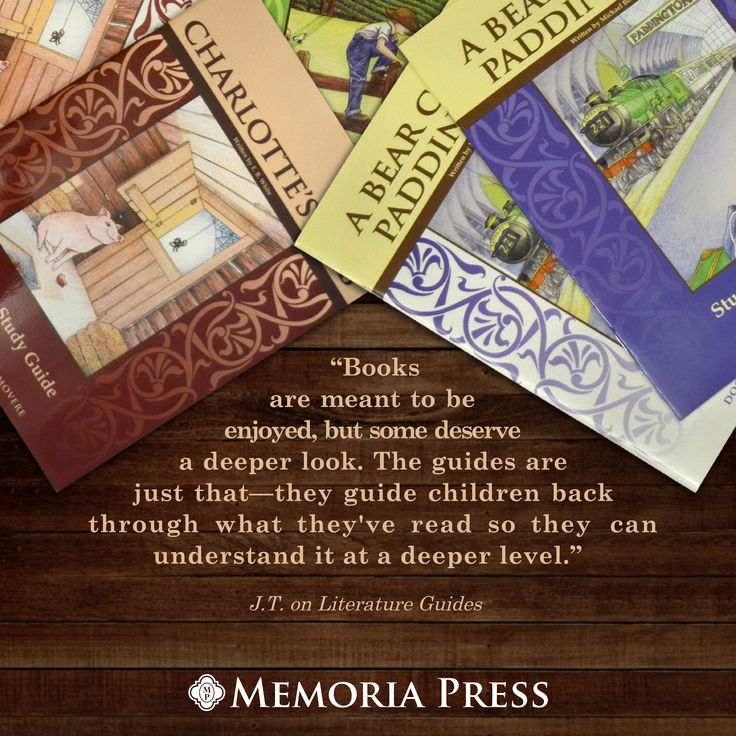
The oldest known examples of this genre in ancient Russia are the “Life and Journey” of Abbot Daniel in Jerusalem and the Holy Land (beginning of the 12th century), unique in its historical value, and the “Book of the Pilgrim” by Archbishop Anthony Novgorodsky, about his “journey” to Tsargrad (end of the 12th century). And the most famous and, probably, the most perfect is “Journey beyond three seas” by the Tver merchant Afanasy Nikitin.
At the same time, a certain utility of the genre remains. The affiliation of this or that work to guidebooks lies precisely in the author’s desire to suggest a “way”, to explain how it is easier to get there, and so on. For example, “A detailed description of the route … from Ruschuk through Shumla … with an indication of the way to guide and feed from 30 to 40 thousand troops” is clearly written with the aim of enlightening those who will lay this route. This also includes address-calendars, for example, the famous address book of St. Petersburg Georgi. A number of other guidebooks are compiled more to help the reader find what they are looking for, and therefore focus on descriptions.
On the contrary, those publications where the emphasis is on descriptions of events, not in relation to the utilitarian value of this information, can be classified as memoirs. However, genre boundaries are vague and conditional. The initial stage of the tradition of publishing full-fledged guidebooks in Russia can be attributed to the end of the 18th century.
The beginning of the modern stage in the history of the development of the guide as a genre of geographical literature and as a special type of book publication is associated with the name of Karl Baedeker (1801-1859), who founded in 1827 in the German city of Koblenz a publishing house of guides to various countries, their capitals and other cities. His guidebooks were very popular in Europe, translated into many languages, the name “Baedeker” became a household name for publications of this kind, including in Russian.
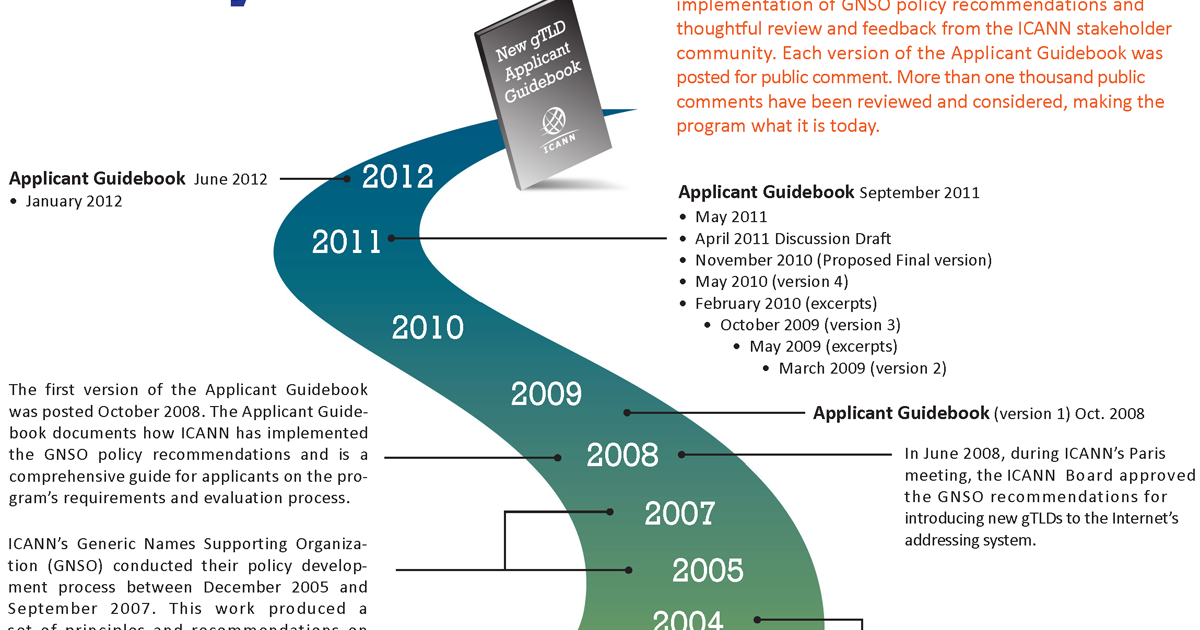
The first Russian guidebooks
- Detailed description of the route of the Russian imperial embassy, after the Peace of Jassy, from Ruschuk through Shumla to Constantinople, in 1793 . With military remarks about the land, with an indication of the way to spend and food from 30 to 40 thousand troops / Note. ON THE. Osokina // Russian antiquity, 1878. – T. 21. – No. 1. – S. 100-124.
- Strakhov N.I. A pocket book for old men and women coming to Moscow for the winter, brides and grooms, young and outdated girls, dandies, heliporters, drags, players, and so on. or Allegorical instructions and advice for them, written by the writer of the Satirical Messenger.
– Ed. 2nd. – Part 1. – M .: Univ. type., at Ridiger and Claudia, 1795 . – 107 p.
Guide series in Russian
- Dorling Kindersley
- Insight Guides
- Le Petit Futé – over 100 guidebooks
- National Geographic Traveler
- Nelles Pocket – 24 guidebooks published
- Gourmet Atlas
- Poster – 21 guides published
- Around the world – over 120 guidebooks published
- Roads to beauty
- Golden Globe (on CD with small brochure attached)
- Berlitz Culinary Guide
- Through native expanses
- Polyglot – about 130 guidebooks
- Thomas Cook Travel Guides
- One hundred ways – one hundred roads
- Your guidebook (a series of guidebooks by K.Gensch) — 12 guidebooks published
- Lonely Planet
See also
- Vademekum
Notes
- ↑ F. Lyubker, Real Dictionary of Classical Antiquities, trans.

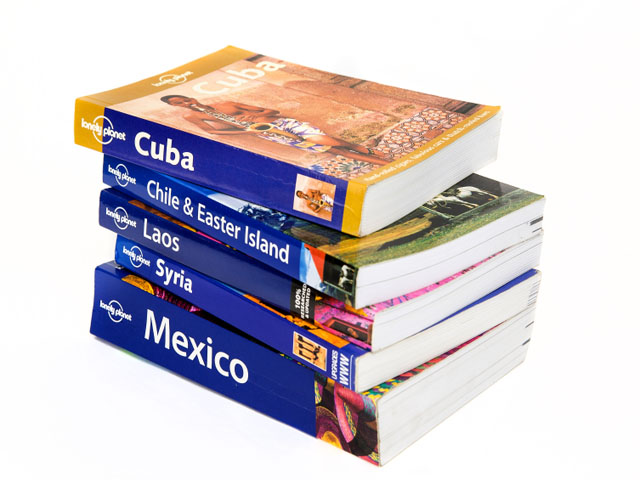
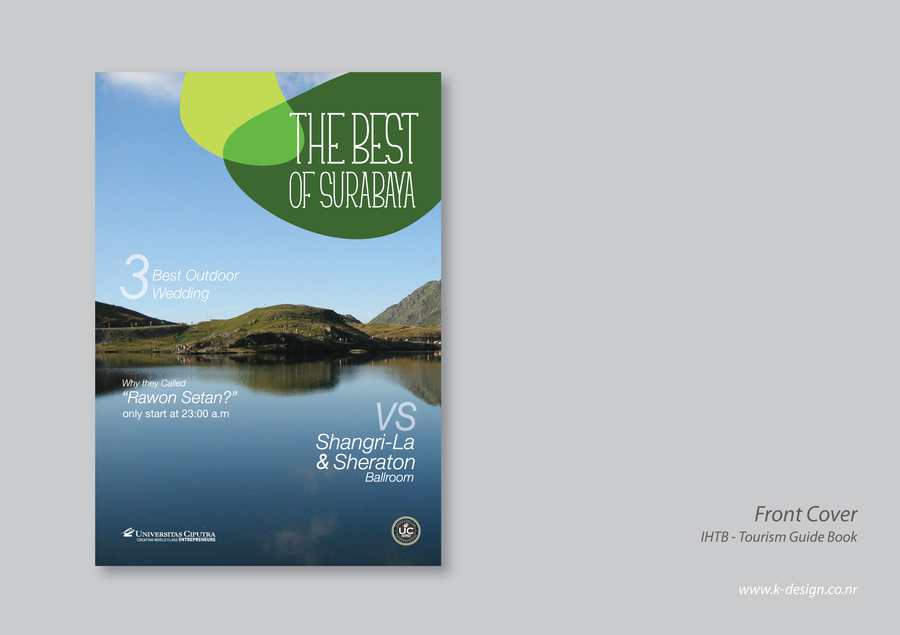 ”
”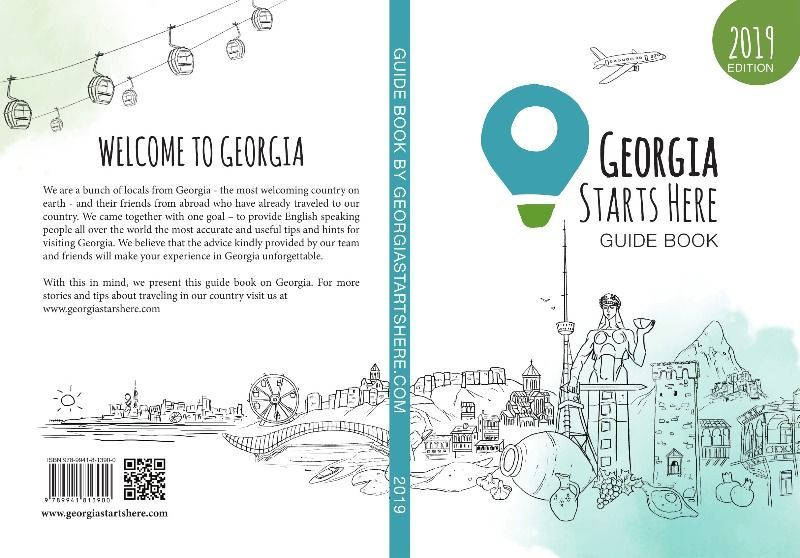 or Allegorical instructions and advice for them, written by the writer of the Satirical Messenger. – Ed. 2nd. – Part 1. – M .: Univ. type., at Ridiger and Claudia, 1795 . – 107 p.
or Allegorical instructions and advice for them, written by the writer of the Satirical Messenger. – Ed. 2nd. – Part 1. – M .: Univ. type., at Ridiger and Claudia, 1795 . – 107 p. 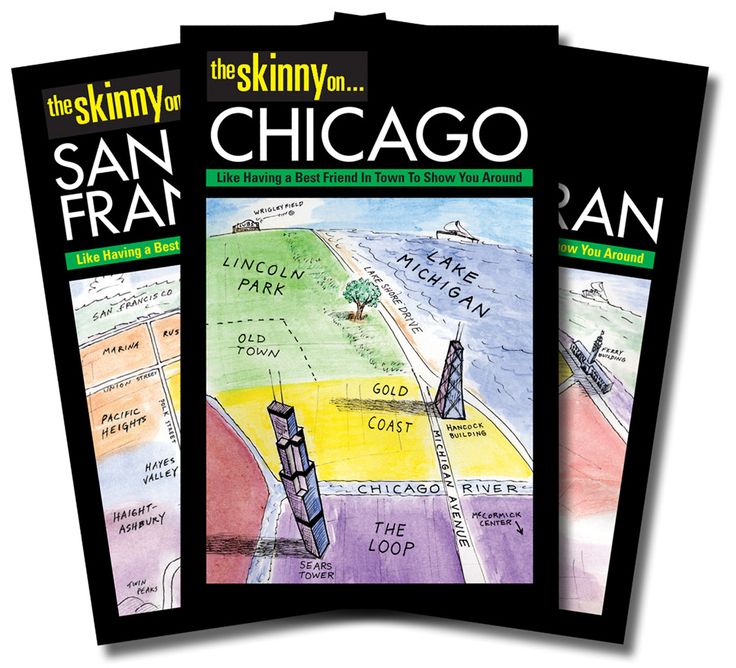 Lyubker, Real Dictionary of Classical Antiquities, trans. from German., M., 2001. Edition on CD-ROM — M.: DirectMedia Publishing, 2007
Lyubker, Real Dictionary of Classical Antiquities, trans. from German., M., 2001. Edition on CD-ROM — M.: DirectMedia Publishing, 2007  – Ed. 2nd. – Part 1. – M .: Univ. type., at Ridiger and Claudia, 1795 . – 107 p.
– Ed. 2nd. – Part 1. – M .: Univ. type., at Ridiger and Claudia, 1795 . – 107 p. 